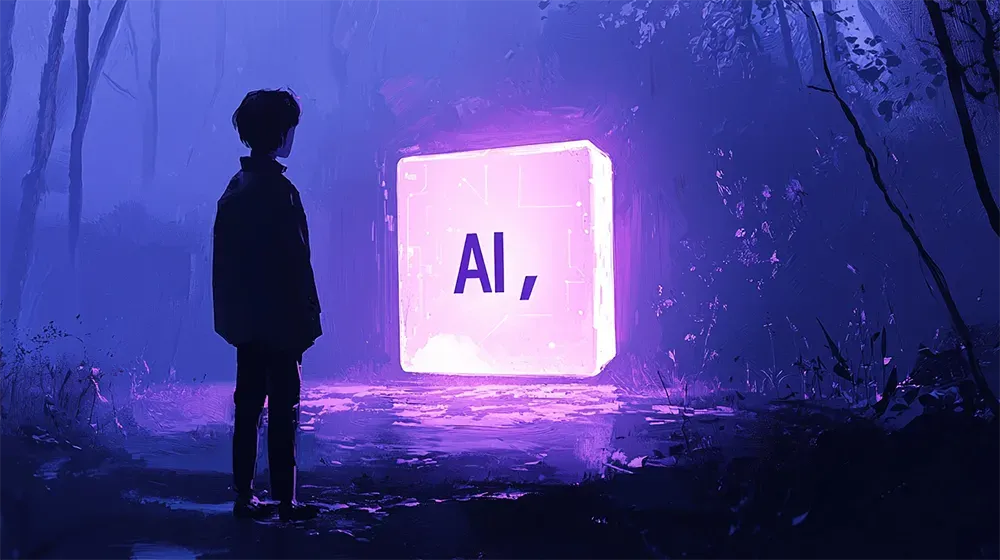Policing 2.0: AI, Ethics, and the Thin Blue Line

AI is rewriting the rules of law enforcement, and it is not something to look forward to...
At the International Association of Chiefs of Police conference, AI took center stage as the future of law enforcement. With vendors promoting tools like virtual reality (VR) training systems, integrated surveillance networks, and generative AI for report writing, it’s clear that the industry is rushing to automate and streamline policing. However, these advancements come with significant ethical and operational questions.
VR training, showcased by companies like V-Armed, promises immersive scenarios for de-escalation and active shooter drills, but current systems still lack the realism needed for nuanced decision-making.
Meanwhile, surveillance giants like Axon and Flock are weaving webs of sensors, drones, and AI to analyze real-time data — raising significant privacy concerns. Generative AI tools like Axon’s Draft One, designed to automate report writing, could save time but risk inaccuracies that could jeopardize trials and erode public trust.
As the Trump administration prepares to reshape policing priorities, the lack of federal AI regulation leaves local departments and private companies to define the ethical boundaries.
The chaos of AI adoption in policing highlights a pressing need for oversight. How can we balance innovation with ethics to ensure AI serves justice, not jeopardizes it?
Read the full article on MIT Technology Review.
----
💡 We're entering a world where intelligence is synthetic, reality is augmented, and the rules are being rewritten in front of our eyes.
Staying up-to-date in a fast-changing world is vital. That is why I have launched Futurwise; a personalized AI platform that transforms information chaos into strategic clarity. With one click, users can bookmark and summarize any article, report, or video in seconds, tailored to their tone, interests, and language. Visit Futurwise.com to get started for free!






